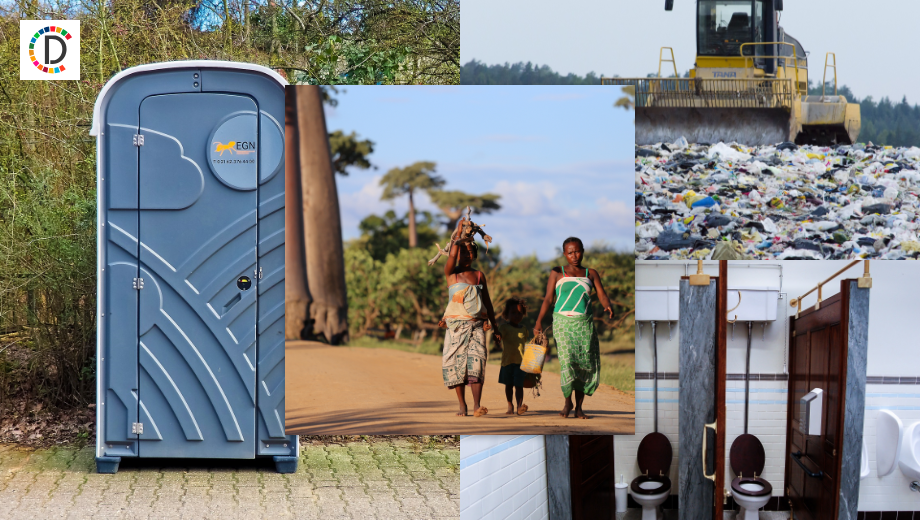Delhi govt mulls penalising sewage treatment plant engineers for pollution in Yamuna
This is critical for cleaning the Delhi stretch of the Yamuna.The capital missed the December 2023 deadline to treat all the sewage generated to the prescribed standards.The Delhi Jal Board DJB received a six-month extension but failed to meet the goal, according to monthly progress reports on the Yamuna rivers rejuvenation sent to the Jal Shakti Ministry.In March this year, Delhi set a target to increase its sewage treatment capacity to 814 million gallons a day, but this too was not achieved.

- Country:
- India
The Delhi government's pollution control body plans to penalise chief engineers of sewage treatment plants that do not treat wastewater to prescribed standards, a major cause of high water pollution in the Yamuna river.
Biological oxygen demand (BOD) and total suspended solids (TSS) in treated wastewater should be less than 10 milligrams per litre. This is critical for cleaning the Delhi stretch of the Yamuna.
The capital missed the December 2023 deadline to treat all the sewage generated to the prescribed standards.
The Delhi Jal Board (DJB) received a six-month extension but failed to meet the goal, according to monthly progress reports on the Yamuna river's rejuvenation sent to the Jal Shakti Ministry.
In March this year, Delhi set a target to increase its sewage treatment capacity to 814 million gallons a day, but this too was not achieved. Now, the DJB aims to reach a sewage treatment capacity of 922 MGD by December 2024 and 964.5 MGD by March 2025, according to the latest monthly progress report submitted to the Jal Shakti Ministry.
Any further delays could make it very difficult for the Aam Aadmi Party-led Delhi government to fulfil its promise of cleaning the Yamuna to bathing standards by February 2025.
''It is almost certain that the 2025 deadline will also be missed, given the abysmal pace of rehabilitation and upgradation of the existing STPs to meet the standards and the construction of new ones,'' a former DJB official told PTI.
However, the Delhi Pollution Control Committee (DPCC) wants the DJB to expedite their efforts.
''We have been issuing reminders to the DJB, urging them to expedite the work and meet the deadlines. We even imposed penalties on the DJB. Now, we have decided to hold the chief engineers overseeing the upgrade of existing STPs and the construction of new STPs accountable,'' a senior environment department official told PTI.
''We will impose personal penalties on the chief engineers responsible for specific sewage treatment plants if they do not comply with the standards,'' the official said.
Delhi generates 792 million gallons of sewage a day (MGD). The 37 sewage treatment plants (STPs) in the capital have a combined capacity of 667 MGD. Currently, these STPs utilise only 71 per cent of their installed capacity, treating 565 MGD of the 792 MGD of sewage, with the rest flowing untreated into the Yamuna river.
Only 10 STPs, with a combined capacity of 185 MGD, meet the prescribed standards.
BOD, an essential parameter for assessing water quality, is the amount of oxygen required by aerobic microorganisms to decompose organic material present in a water body. BOD levels less than 3 milligrams per litre are considered good.
Officials told PTI that the upgrade of the Kondli STP Phase 4 to achieve the prescribed standards will be completed by July. The construction of a new 7-MGD STP at Sonia Vihar and the rehabilitation of the 40-MGD Rithala STP (Phase 1) will be completed by September.
According to government reports, the 22-km stretch of the Yamuna between Wazirabad and Okhla in Delhi, which is less than 2 per cent of the river's entire length, accounts for around 80 per cent of its pollution load.
Untapped wastewater from unauthorised colonies and jhuggi-jhopri clusters along with the poor quality of treated wastewater discharged from STPs and common effluent treatment plants (CETPs) is the main reason for the high pollution levels in the river.
The river can be considered fit for bathing if BOD is less than 3 milligrams per litre and dissolved oxygen (DO) is greater than 5 milligrams per litre.
In January last year, the National Green Tribunal had constituted a high-level committee to oversee the Yamuna cleaning work. The HLC has met eight times since then, with the last meeting held in January this year.
(This story has not been edited by Devdiscourse staff and is auto-generated from a syndicated feed.)
- READ MORE ON:
- Yamuna
- Wazirabad
- Sonia Vihar
- DPCC
- The Delhi Jal Board
- Okhla
- jhuggi-jhopri
- colonies
- CETPs
- Delhi










